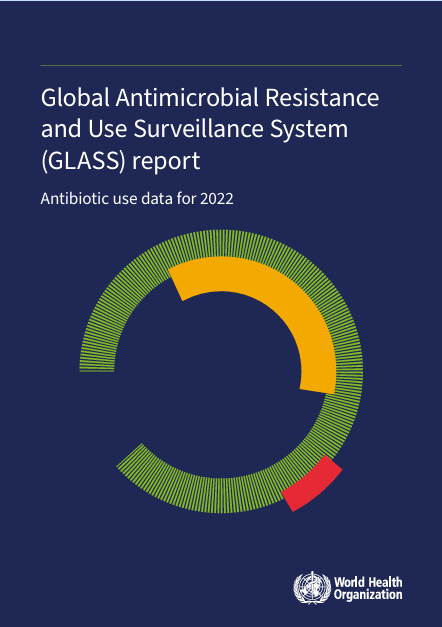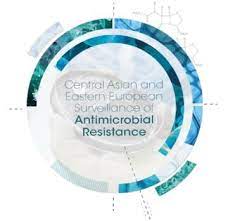
 A compilation of information, resources, and research from organizations and networks in Asia on AMR.
A compilation of information, resources, and research from organizations and networks in Asia on AMR.
The aim is to connect all the Asian initiatives together and ensure reliable information and tools are both accessible and discoverable.
Research updates ↓ | Study Profiles from Asia → | AMR surveillance networks covering Asia ↓ | Asia AMR National Action Plans ↓
Research Updates From Asia
Asia AMR surveillance networks

Global Antimicrobial Resistance Surveillance System (GLASS)
Launched in 2015, the WHO Global Antimicrobial Resistance Surveillance System (GLASS) has been developed by the WHO to support the global action plan on antimicrobial resistance. As of May 2021, 109 countries/territories are enrolled in GLASS. The aim is to support global surveillance and research in order to strengthen the evidence base on antimicrobial resistance (AMR), help inform decision-making and drive national, regional, and global actions.
Read the GLASS report: antibiotic use data for 2022 here.
Read the GLASS WHO 2022 Report here.
Previous reports can be accessed here.
Guide: AMR Surveillance in Low- and Middle-Income Settings: A Roadmap for Participation in the Global Antimicrobial Surveillance System (GLASS) tool (Fleming Fund 2016)
Access general resources on AMR surveillance
Central Asian and European Surveillance of Antimicrobial Resistance (CAESAR)
This is a network of national antimicrobial resistance (AMR) surveillance systems from 19 countries in Central Asia and Europe (non-EU). It is a joint initiative of the WHO Regional Office for Europe, the European Society of Clinical Microbiology and Infectious Diseases (ESCMID), and the Dutch National Institute for Public Health and the Environment (RIVM).
The 2022 CAESAR Report can be accessed here!
Asia AMR National Action Plans
The map highlights NAPs for various countries in Asia. Click on the country pins to access national action plans on combatting AMR in Asia. Is your country’s NAP indicated? If not, please let us know on amr@tghn2.org!
There are various groups and organizations supporting the implementation of NAPs in Asia:
|
ReACT How to develop a national action plan Inspirational examples: Thailand’s policy work Read more about ReACT's work in Asia here. |
|
WHO WHO Webinar Series to Support Implementation of National Action Plans on Antimicrobial Resistance The WHO has an online forum that features Webinars and Discussions to support the implementation of National Action Plans for AMR. Resources from this webinar series aim to support continued NAP implementation work at country level and exchange of best practices and lessons across countries and practitioners. Read more!!! A WHO Implementation Handbook for National Action Plans on Antimicrobial Resistance was launched in March 2022 and the WHO/FAO/OiE: Tripartite AMR country self-assessment survey (TrACSS) was launched to support monitoring of country progress in the implementation of the national actions plans. |
|
ICARS ICARS is a OneHealth research partnership supporting the development & implementation of context-specific & cost-effective solutions to tackle AMR in LMICs, by co-developing tailored solutions with LMIC governments and researchers. These solutions are then implemented by the LMIC stakeholders using ICARS funding and expertise. Read more!!! |
Key research organizationsWHO Regional Groups in Asia: The continent of Asia is covered by four WHO Regional Groups namely WHO Western Pacific; WHO South-East Asia; WHO Eastern Mediterranean and WHO Europe Please check each site to find the information on the regional WHO AMR response that is most relevant to you. The following is a selection of key Asian organizations. ReAct Asia Pacific | OiE Asia AMR | China CDC | Asian Disaster Preparedness Center | Association of Medical Doctors Asia | Ministry of Health Singapore | National Health Commission China |
If you have anything to add or suggestions on what would be useful please get in touch: info@theglobalhealthnetwork.org
